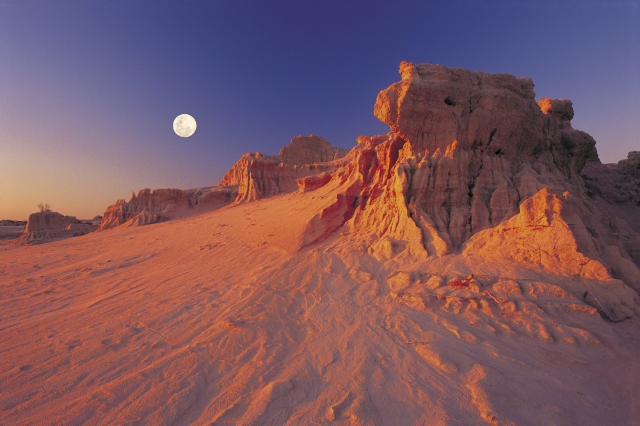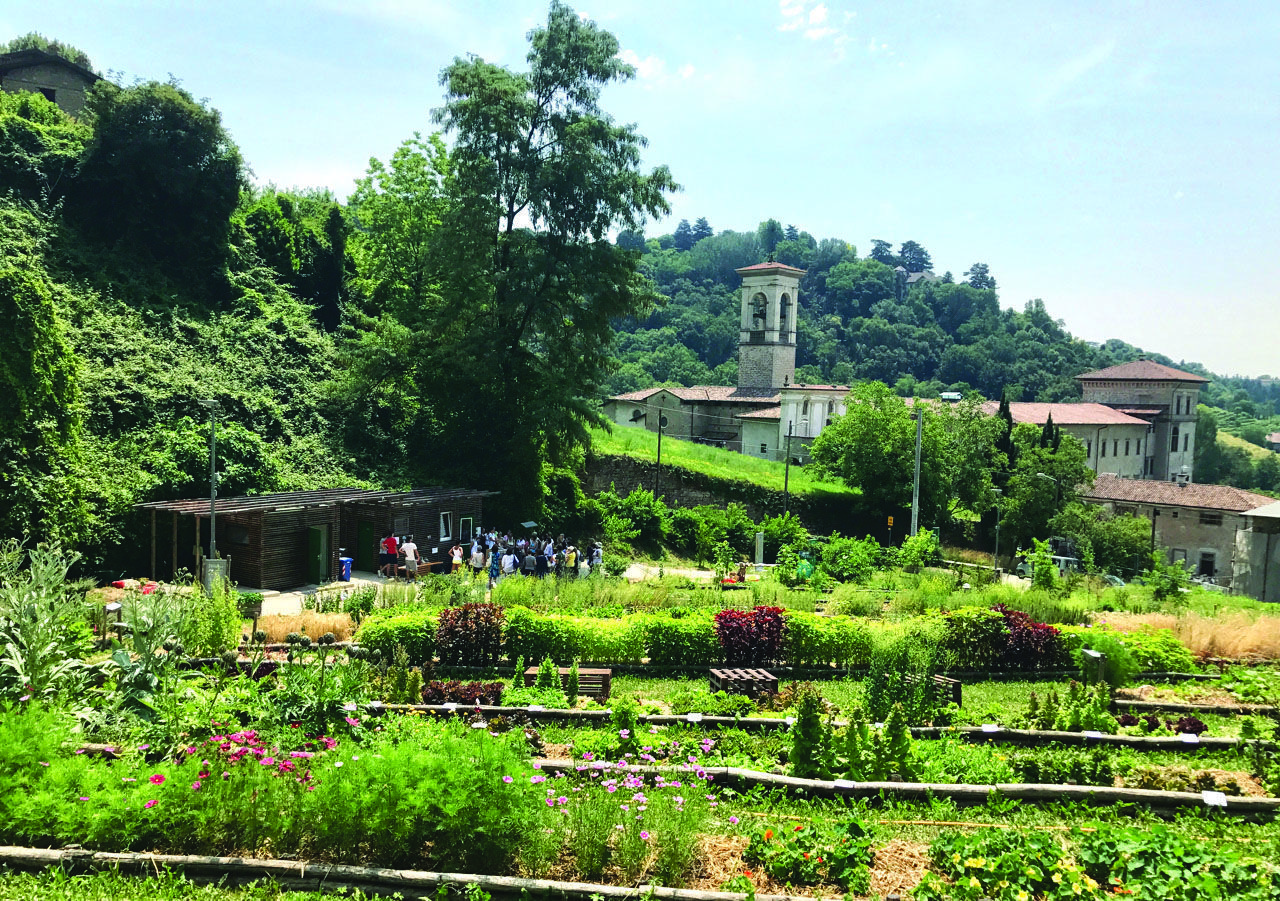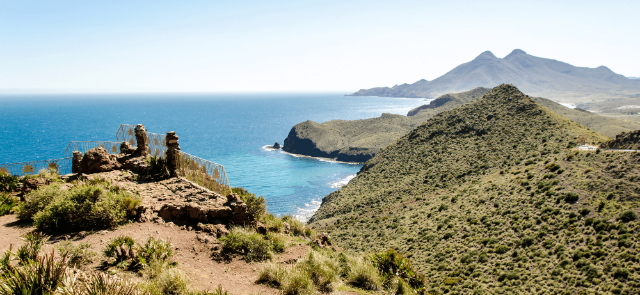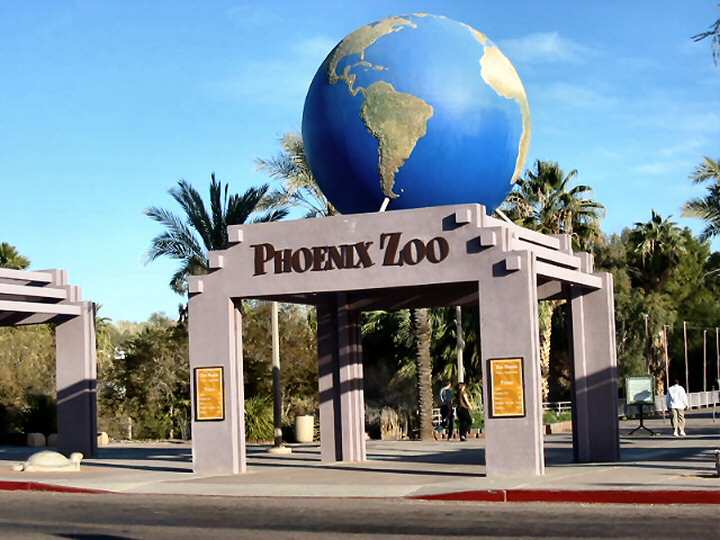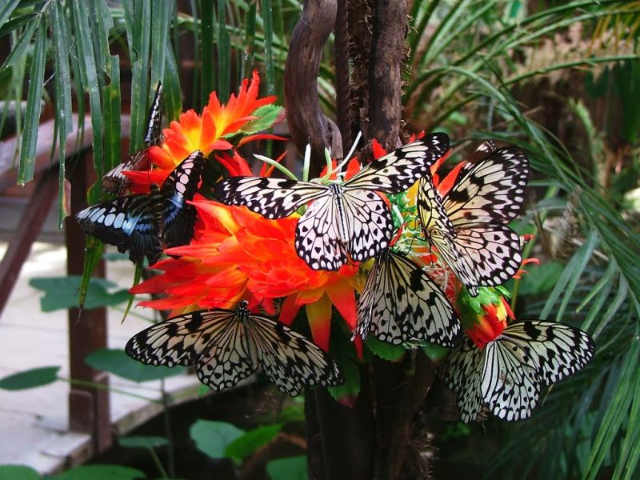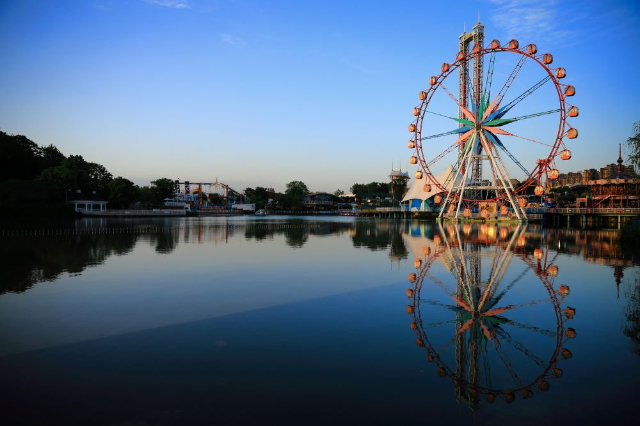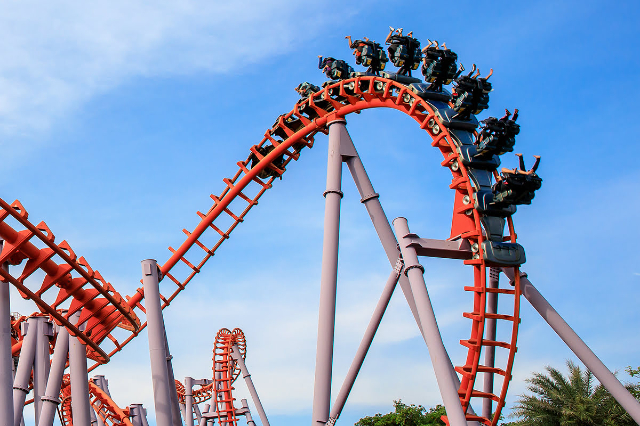Mungo National Park in Australia is like a real-life time capsule, a sprawling tableau of both natural and human history. Let’s start with its most headline-grabbing residents—Mungo Man and Mungo Lady. These aren’t the names of some enigmatic outback explorers but refer to the remains of two of Australia’s earliest known humans. Dated to be around 40,000 years old, Mungo Man offers the oldest evidence of human life on the Australian continent. The remains of Mungo Lady, intriguingly, were partially cremated, pointing to complex burial rituals that involved multiple stages of burning. Imagine the significance—40,000 years ago, people were conducting burial rites that were rich in symbolism and layered in ritual.
But the park isn’t just a one-hit wonder with its ancient remains. It’s an archeological goldmine featuring a staggering array of footprints—460 to be exact—that belong to adults, adolescents, and children. These footprints offer a rare and intimate glimpse into the lives of people who lived between 19,000 to 23,000 years ago. It’s akin to time-travel, where every step you take could be alongside the ghostly imprints of people who walked the very same soil thousands of years before you.
Beyond the human story, Mungo National Park is also a paleontological treasure trove. From megafauna to extinct species, the area has coughed up remains of 40 different types of animals that no longer roam the Earth. These finds have been invaluable for understanding Australia’s ecological history, providing insights into the animals that once populated this harsh and beautiful landscape.
In recognition of its unparalleled historical and scientific importance, the Willandra Lakes Region, of which Mungo National Park is a part, was designated a UNESCO World Heritage Site in 1981. It’s not just a nod to the park’s past, but a commitment to preserving its stories for future generations.
The park also houses breathtaking natural formations, such as the Walls of China—a series of dramatic sand and clay dunes that have been eroded into stunning formations. So, whether you’re an archaeology buff, a nature enthusiast, or someone who simply appreciates the grand tapestry of time and life, Mungo National Park is an awe-inspiring destination. Each grain of sand seems to whisper ancient secrets, and the winds carry stories that stretch back over millennia. Visiting Mungo is not just a trip; it’s a journey through time itself.

